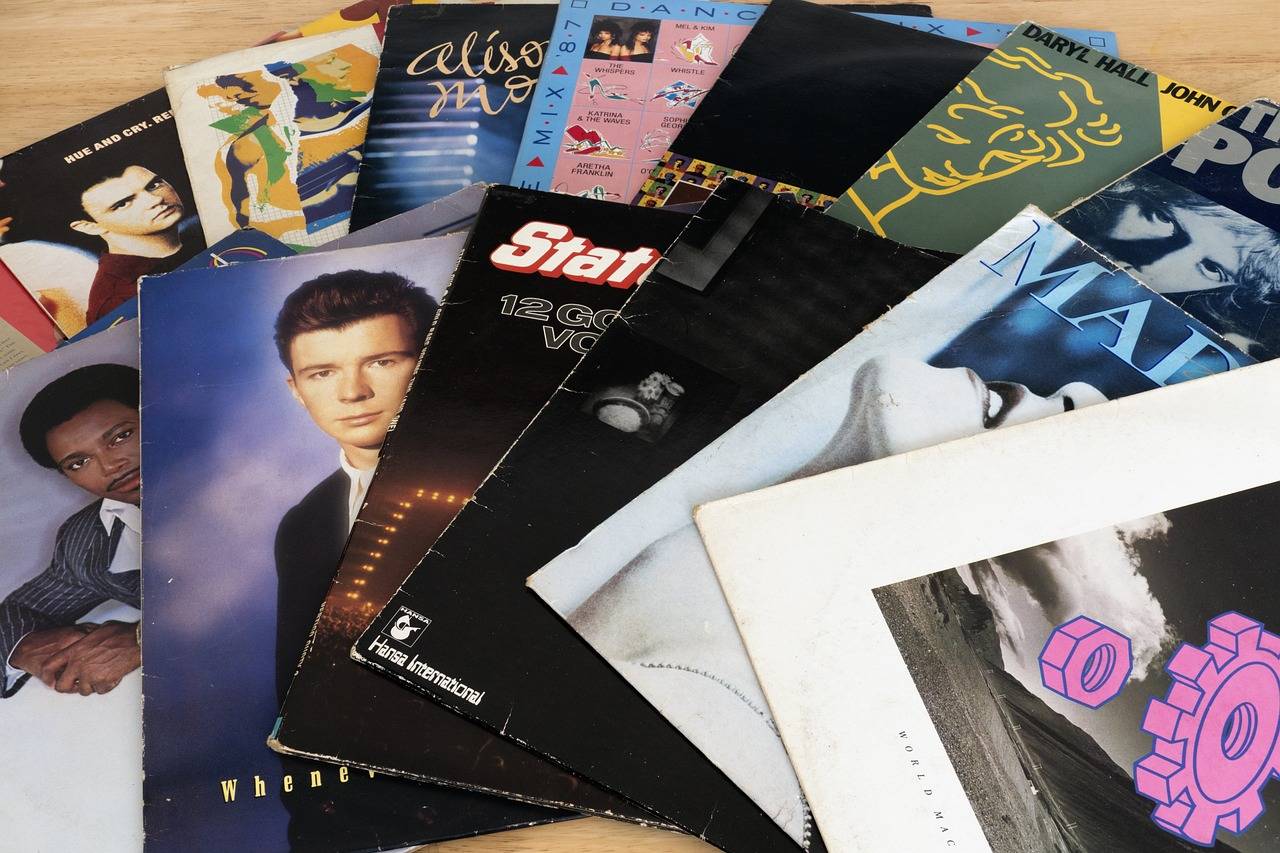The Evolution of Streaming Services: What’s Next?
The emergence of cable television marked a significant shift in the way people consume media. In the early days, cable TV offered viewers a wider variety of channels and programming compared to traditional broadcast television. This allowed for more niche content to reach audiences, catering to specific interests and demographics.
As cable television continued to grow in popularity, it also paved the way for new business models in the media industry. Advertisers saw the potential to target specific audiences based on the channels they watched, leading to more targeted and effective marketing strategies. Additionally, cable networks began to produce their own original content, further diversifying the viewing options available to consumers.
Early Streaming Services
Streaming services emerged as a novel way for viewers to access entertainment content conveniently. With the rise of high-speed internet and the advent of platforms like Netflix and Hulu, audiences could now stream movies and TV shows at their own pace. This innovative approach to content delivery revolutionized the way people consumed media, offering a level of flexibility that traditional cable television could not match.
Unlike cable television, streaming services allowed users to watch their favorite movies and shows on multiple devices, anytime and anywhere. This shift in viewing habits reshaped the entertainment industry, leading to a decline in traditional television subscriptions. As more streaming platforms entered the market, competition intensified, driving companies to invest in original content to attract and retain subscribers. This era marked a pivotal moment in the evolution of entertainment consumption, setting the stage for the digital media landscape we navigate today.
What is the evolution of cable television?
Cable television first started in the 1940s as a way to bring TV signals to remote or mountainous areas. It evolved over the years to include more channels and specialty programming.
What were some early streaming services?
Some early streaming services included Netflix, Hulu, and Amazon Prime. These services allowed subscribers to watch TV shows and movies over the internet instead of through traditional cable or satellite providers.
How did early streaming services differ from cable television?
Early streaming services offered on-demand access to content, meaning viewers could watch shows and movies whenever they wanted. Cable television, on the other hand, operated on a set schedule with viewers needing to tune in at specific times to watch their favorite programs.
Why did early streaming services gain popularity?
Early streaming services gained popularity due to their convenience and flexibility. Viewers could watch content on their own schedule and often had access to a wider variety of programming than what was available through traditional cable packages.





